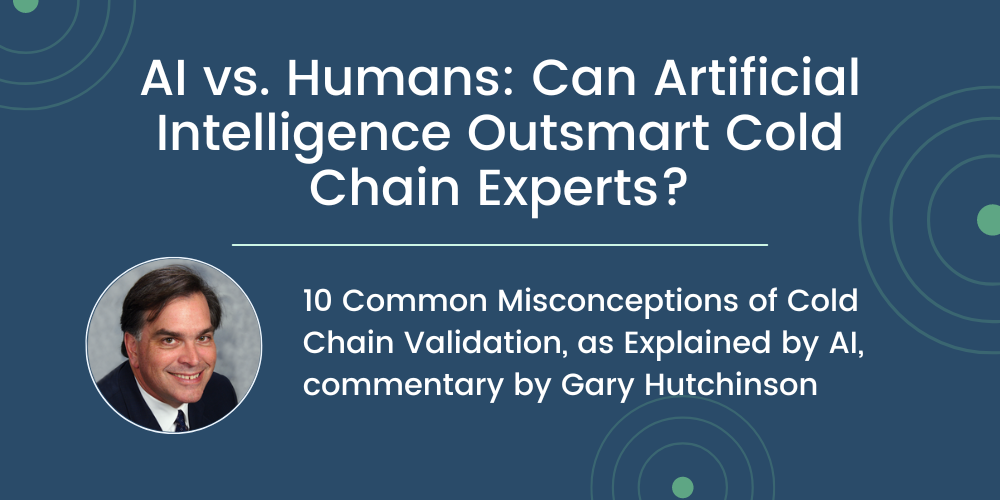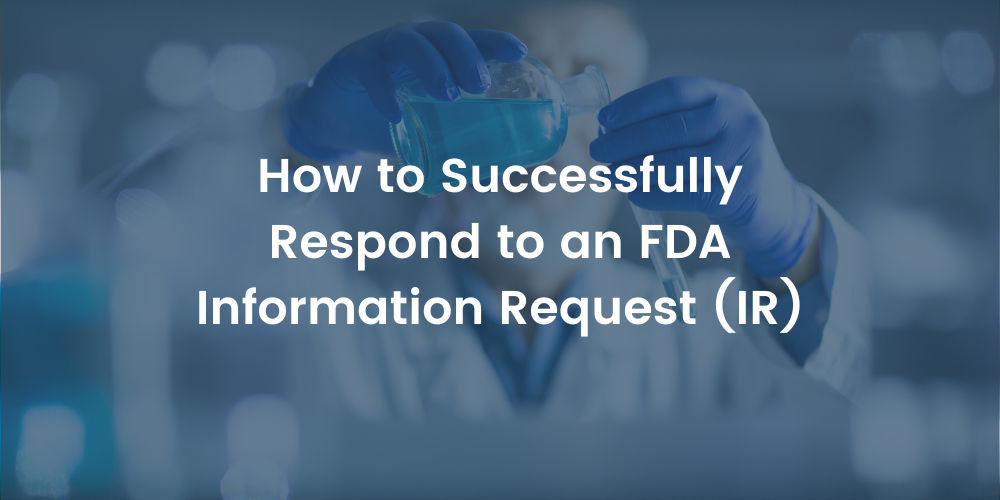AI vs. Humans: Can Artificial Intelligence Outsmart Cold Chain Experts?
10 Common Misconceptions of Cold Chain Validation, as Explained by AI, commentary by Gary...
read Details

We sat down with Rob Battista, Engineering Manager, to dive into his insights on Modality Solutions’ expertise, value, and various pitfalls often encountered by clients before they ask Modality for help.
It’s our technical expertise, and the approach we take to engineering consulting. The industry tends to operate first with a best historical approach, rather than assessing whether an approach is appropriate for that specific situation. In other words, some firms push for certain methodologies because it worked once, whereas we ask questions like, “Why does this work? Does it apply here and would it work in this situation?”
In a way, we’re rewriting the expectations of engineering consulting work—from simply improving certain technical processes to really streamlining others and eliminating steps that were followed only because they were included once ten years ago.
Experience. For many stakeholders we work with, it’s their first time touching validation work, even if they’ve played some role in managing active supply chains before. So, while they have some experience, it’s not always the right experience.
I’m an engineering manager here in Houston where we perform consulting services. I’m responsible for staffing all the projects with the appropriate blend of engineers as well as providing technical and strategic guidance throughout projects.
I’ve been working in this fairly niche expertise exclusively for almost six years now, so I provide a lot of experience; I’ve seen how things can go right and wrong. Whether or not I’m the project lead, I’m still very involved, and I think having that experience and expertise in the room helps clients feel secure in the work that we’re doing.
First and foremost, the risk with supply chain operations in cell and gene therapy is greater than other biologics, especially with autologous cell therapies. Simple operational mistakes can jeopardize a lot.
For example, autologous therapies are tailored for individual patients using their own cells. And if there is a significant delay in the movement either from the collected material or the material going out to the patient, you can lose the entire batch of their material, meaning that they’re no longer able to be treated with your therapy. If they’re able to have a leukapheresis collection again, it might be at a distant point in the future. And of course, if there is an issue with sending the material and you are infusing them with an incorrect batch, there could be serious repercussions. You’re playing with much finer margins. But as I’ve said before, a lot of folks just want to rely on a path that’s been walked before, but it’s not really there with these cell therapies.
There are only a handful of approved cell and gene therapies in the US and there isn’t great transparency on what their validation programs looked like, so a lot of people are treating the approval process as a mysterious new language. Really, at the end of the day, it’s still the same criteria or rubric; even though the therapy is different, approval still goes back to the same underlying principles and technical justifications. And you know what? We’ve got that mastered. I have zero hesitation about our technical capabilities.
People are sometimes skeptical of the FDA’s willingness to listen to novel approaches. However, we have found that as long as you can justify it with a sound technical approach, the FDA is willing to listen. It feels like a lot of folks are hesitant to believe that, but we really provide the path forward when there isn’t a well-treaded path already.
There’s actually not much available to the public specifically on cell and gene. But the FDA does have a document called “Guidance for Industry: Process Validation: General Principles and Practices.” Between that, and 21 CFR Part 211 (Current Good Manufacturing Practice Regulations), those are the two main pieces of guidance on process validation from the FDA-centric perspective. However, most of it is written specifically for manufacturing and you do have to extrapolate from there to apply it to other processes like distribution.
With the final manufactured therapy, I haven’t seen anything besides liquid nitrogen temperatures, so storage specifications are usually less than -130 or -135°C. It’s pretty well documented that degradation is going to occur above those temperatures.
So it works a bit differently. With the typical monoclonal antibody, for example, those will usually be at required refrigerated temperatures, but we’ll still see data showing that the therapy is ok if they freeze and thaw a few times or if there are excursions up to room temperature. You really don’t have that flexibility with cell therapies. If you have excursions in shipping where the temperature goes out of your specification, you typically will not bring that product back into your supply chain. It will have to be discarded, and you have to start from scratch.
In the first stages of autologous cell therapies you start with leukapheresis collection from the eventual patient. White blood cells are collected, processed, and turned into therapies. At this point, it’s less about temperature (although you’re still trying to keep it around refrigerated temperature) and more about urgency. You have 48 to 72 hours or so to actually begin the manufacturing process because the collected cells will degrade/die. So you’ve got on the front end, a very time-sensitive aspect, and on the back end, very temperature-intensive specifications.
There’s a lot that goes into pre-generation of the protocol. All guidance for process validation states that it has to be a risk-based approach. So we tie it all the way back to a risk assessment, where we go through all types of inputs of potential harm to the product—looking at the product itself or the product packaging—things that could have the potential to impact the patient and trying to figure out what is really going on and what can actually have an impact during shipping, storage, etc. Then we systematically take a look at all these potential inputs of harm and will use those to generate the actual inputs during testing.
10 Common Misconceptions of Cold Chain Validation, as Explained by AI, commentary by Gary...
read Details
When it comes to ensuring the integrity of temperature-sensitive products during transit, choosing the...
read Details
Getting your vaccine or therapeutic approved by the FDA is a significant accomplishment. But...
read Details